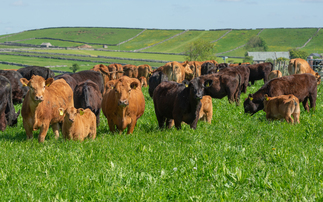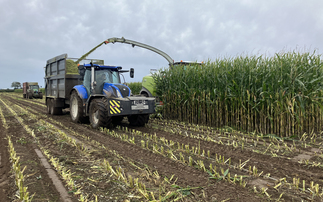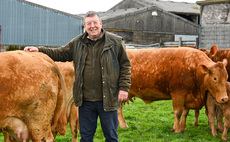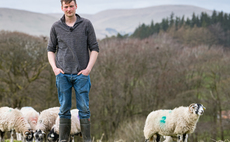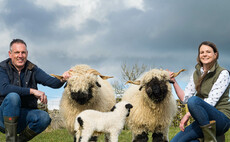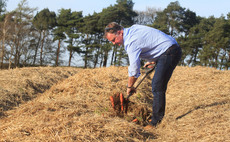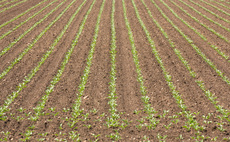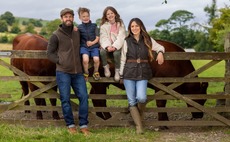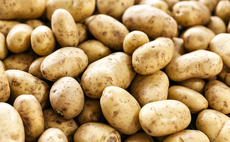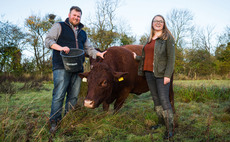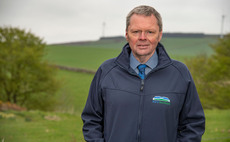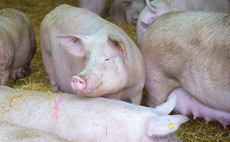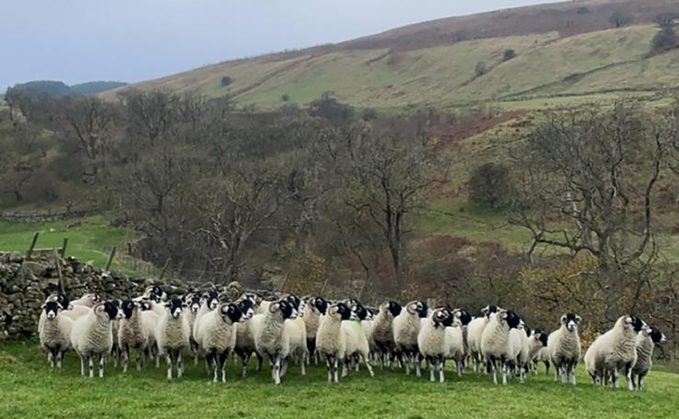
The Forage for CH4nge project will be led by Adrian Thornton-Berry whose farm in Swinithwaite, Wensleydale, in the Yorkshire Dales National Park, runs from 400ft to 1,850ft. It includes herb rich pastures which have had no fertiliser or farm yard manure for 30 years, improved grassland with rye grass leys plus marginal land on the moor.
Mr Thornton-Berry runs Swaledale ewes on the higher ground and Texel cross ewes on the lower ground and is keen to find out how Swaledale sheep, native to the area, compare in terms of methane emissions to the Texel crosses, when grazed on the varying forage types.
As part of the 12-month project ewes will be grazed in mixed groups on the types of vegetation – improved grassland, species rich grassland and moorland.
They will then be put into sealed portable accumulation chambers, provided by SRUC, for 50 minutes and their individual methane emmisions measured. This will be repeated a few weeks later.
Mr Thornton-Berry, said: " I believe without our traditional breeds our precious natural habitats will deteriorate with larger more profitable breeds which modern farming practises favour. If we can show these native breeds are better for the habitat and climate change then it would support these native sheep in a more sustainable system."
READ NOW: How feeding sheep willow affects health and performance
The Forage for CH4nge project is funded by Innovate UK in collaboration with Agri-Tech Centre, the Game and Wildlife Conservation Trust, the Scottish Rural College, NSA and the Yorkshire Agricultural Society.
Nicola Lambe, researcher at SRUC said: "This collaborative project is a great opportunity to expand our research in the measurement of methane emissions from sheep, testing relevant sheep breeds that are grazing different pasture types typically found in UK upland sheep systems. This helps to build a comprehensive picture of how the UK sheep industry can contribute to reducing greenhouse gas emissions."
READ NOW: Charollais rams integral to economic efficiency in Scottish system












